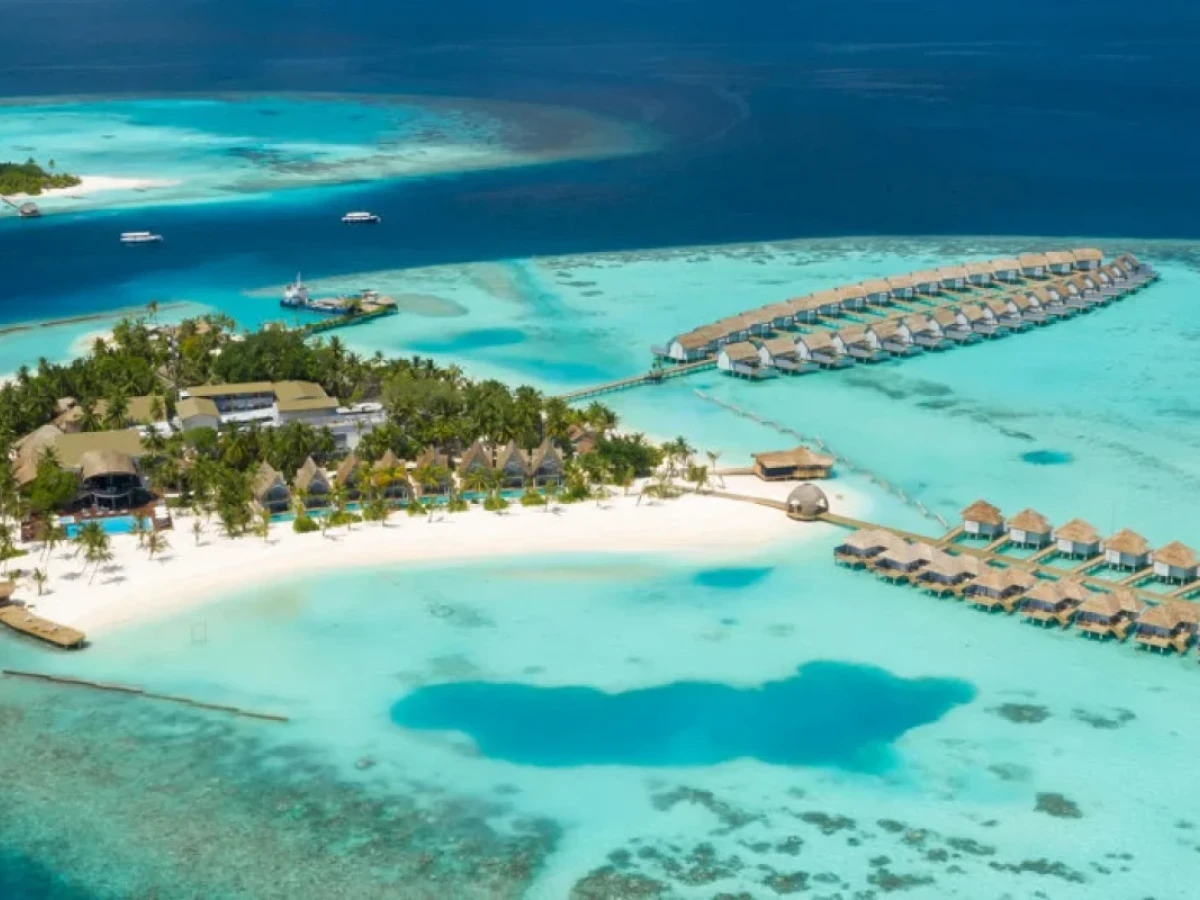
Maldives allows resort boundary extension from 500m to 1000m
Developers wishing to extend the designated boundary will have to pay $100,000 as a fee for the added 500 meters
Top Stories
-
MP Mauroof released from custody, receiving hospital treatment
-
House floor sinks in Malé during nearby construction work
-
PNF to hold special rally at Artificial Beach on Wednesday
-
MDP MP says Mauroof arrest may breach parliamentary privileges
-
Complaint filed with JSC over judge’s remarks on defence lawyer
Government on Wednesday issued a new set of regulations, allowing resort developers to extend the designated boundary of resorts from 500 to 1,000 metres.
According to the regulation gazetted by the tourism ministry, the boundary of an island leased for the development of a resort will be determined from the dry land in mid-tide surrounding the island.
However, if the island's boundary area is already specified in the lease agreement, then it will be considered as the boundary area of the island.
For lagoons other than those that already have dry land within the lagoon area, if there is more than 500 metres of lagoon area from the point of dry land to the outer boundary of the reef in mid-tide, then the boundary will be designated as up to 500 metres from the point of dry land in mid-tide.
However, as per Wednesday's amendment:
-
If the lessee wants to extend the area beyond 500 metres, then the area can be expanded up to 1,000 metres (an additional 500 metres) from the point of dry land in mid-tide
-
Even if the designated boundary is extended, the boundary area cannot be larger than the outer part of the natural lagoon
-
Developers wishing to extend the designated boundary will have to pay $100,000 as a fee for the added 500 meters
-
The lease agreement should be amended to include the extended area
-
Although the designated boundary is specified, if rooms and other facilities have been developed outside the lagoon with the permission of the tourism ministry, the designated boundary of the island can include up to 50 metres from these facilities
The regulation also specifies exemptions:
-
According to the rules, the area of a resort's lagoon is demarcated, and if there is a gap between the area of the lagoon and the inhabited island, the area of the resort's boundary will be considered up to the end of the area in the jurisdiction of the inhabited island
-
If there is another island or resort within the lagoon of the resort or the boundary area between dry land in mid-tide of the island and the neighbouring island is less than 1,000 metres, the boundary area between the two locations will be equally distributed
-
If the area of the resort's lagoon includes diving, surfing points and such tourist attractions, the area of the resort's lagoon will be demarcated without them; the ministry must declare such areas and formulate rules for their use
The regulation also specifies no development zones in the resort's lagoon. Land reclamation and construction have been banned in these areas. The rules also state that if an island is formed in such an area, it cannot be allotted for tourism purposes.
-
The no-development zone will be 50 metres inwards from the lagoon boundary
-
In cases where the designated boundary is determined based on the outer reef boundary, in addition to that area 300 metres of surrounding sea will also be considered as the resort's exclusive zone
-
Any development in the exclusive zone can only be carried out after obtaining permission from the ministry in two circumstances: for an important project or for renewable energy generation
A fine of MVR 100,000 will be imposed for violations.




